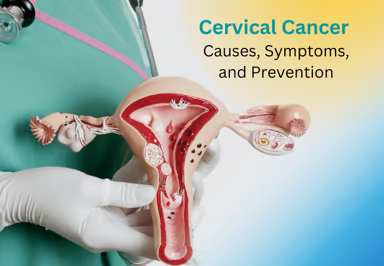Understanding Cervical Cancer
There are many different types of cancers. They are usually named based on where they start in the body or the kind of cell they come from. Some common types include:
- Breast cancer – starts in the breast tissue
- Lung cancer – begins in the lungs
- Prostate cancer – affects the prostate gland in men
- Cervical cancer – begins in the cervix (the lower part of the uterus)
Each type can behave differently and may need different kinds of treatment.
Cancer can happen to anyone, but some things make the chances higher. These are called risk factors. These risks don’t mean you will get cancer, but they can raise the chances. Making healthy choices can help lower your risk.

Listen: Welcome Video in isiXhosa
Listen: Welcome Video in isiZulu
Listen: Welcome Video in Afrikaans
Listen: About Cancer in isiXhosa
Listen: About Cancer in isiZulu
Listen: About Cancer in Afrikaans
Listen: About Cervical Cancer in isiXhosa
Listen: About Cervical Cancer in isiZulu
Listen: About Cervical Cancer in Afrikaans

- Cervical cancer is the 2nd most common cancer among South African women, but the cancer women die of most in our country.
- Women in South Africa have a 1 in 41 lifetime risk of cervical cancer (NCR 2022).
- With early detection and proper treatment, cervical cancer is one of the most successfully treatable forms of cancer
- Regular screening tests
- HPV vaccination
- Safe sexual practices
- Not smoking
